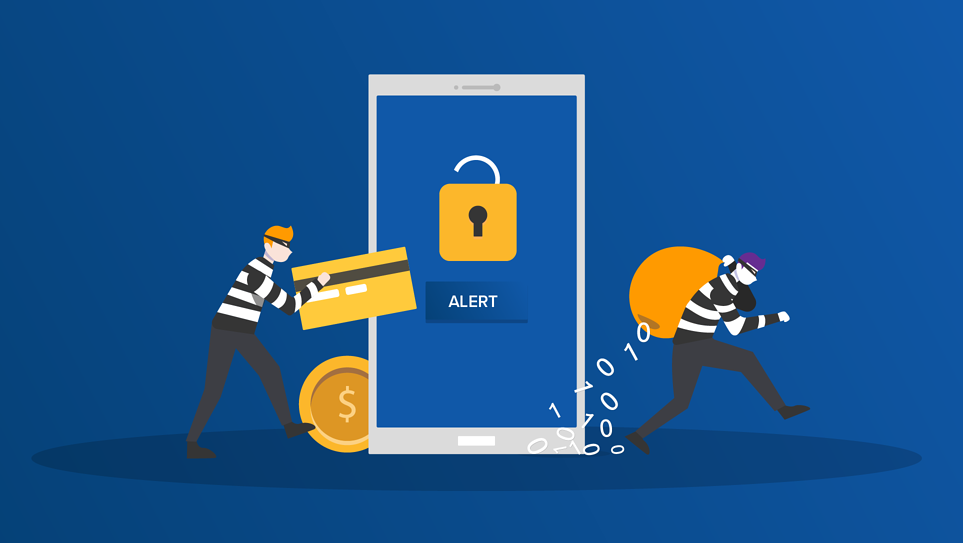
Remember the 3 billion Yahoo email account leak in 2013? Did you know that the data leak of the giant IT company was actually caused by a social engineering attack via spear phishing email?
The bad news, social engineering attacks can attack anyone, including you. Therefore, let's learn more about what social engineering is!
Hopefully, by understanding it, you can avoid all these attempted attacks and prevent your company data from leakage and all other threats of loss.
{jistoc} $title={Table of Contents}
What is Social Engineering?
Social engineering refers to the actions of hackers manipulating victims to be willing to provide personal information and access to their devices. The information that attackers want to get from this attack can vary.
But in general, they target your account data (in the form of username and password) and your bank card details.
To launch an attack, the perpetrator will interact with the victim (both online and in-person), then exploit the psychological aspect.
In this case, hackers understand that when a person is in a certain emotional state (such as fear, anger, sadness, and even joy), they can perform unreasonable or dangerous actions.
For example, the perpetrator posing as a tax officer who is investigating a tax fraud case involving you.
Feeling frightened and anxious about the accusations, you are more likely to follow the instructions given by the perpetrator and provide your sensitive data.
Basically, the social engineering attack cycle occurs in four phases, namely:
- Investigation: the perpetrator identifies and collects detailed information about the victim, then determines the attack method to be carried out;
- Infiltration: hackers begin to interact with victims and try to build their trust;
- Exploitation: attackers launch attacks and collect sensitive data from victims or access their devices;
- Disengagement: the perpetrator ends the interaction without arousing suspicion from the victim.
Types of Social Engineering Attacks
Now, let's identify what types of attacks are included in social engineering. Some of them are:
1. Phishing
In a phishing attack, hackers will impersonate trusted individuals or institutions and encourage you to disclose your personal data. There are many types of phishing attacks, ranging from spear phishing, whaling, vishing, and several other types.
2. Baiting
Baiting is the act of hackers taking advantage of someone's curiosity or greed. Usually, the perpetrator will lure gifts such as free movies or songs if the victim is willing to log in using his account information.
3. Pretexting
To launch a pretexting attack, the attacker will use a false identity (such as pretending to be a co-worker), then create a pretext or pretext that appeals to you and convinces you. Once trust has been established, attackers will start to encourage you to give away your sensitive data.
4. Quid Pro Quo
Quid pro quo is actually almost similar to baiting. The difference is, baiting offers many gifts in the form of goods, while quid pro quo promises service in exchange for providing personal data. For example, the perpetrator will disguise himself as an IT expert who will offer you technical assistance if you fill in your personal information.
5. Tailgating
Tailgating, also known as piggybacking, refers to the actions of attackers to infiltrate restricted areas of a building. For example, the perpetrator disguised himself as a courier who would deliver goods. They then used a staff member who had access to the building to allow them to enter the restricted area.
6. Scareware
With scareware, hackers will make victims think that their device is infected with malware. To launch the attack, the attacker will display fake notifications on the victim's device to make them panic, then directs them to install certain software (which is dangerous or has been inserted with malware).
Tips for Preventing Social Engineering Attacks
Next, let's review some powerful ways to prevent social engineering attacks.
1. Raise Awareness of Social Engineering Hazards
Anyone can be the target of a social engineering attack, including you, your company, and your employees. Therefore, always make sure that all lines in the company understand all types and techniques of social engineering attacks.
2. Take Advantage of the Best Email Services
You can also take advantage of email marketing services that are equipped with powerful authentication protocols. This feature can help you ward off spam, phishing, spoofing, malware attacks, and identify suspicious senders' identity.
3. Don't Hesitate to Double Check, Research and Confirm
Don't be fooled when you get a tempting offer. Check and research who the sender/party offering the gift is in advance. Suppose the perpetrator is on behalf of a service. In that case, you can also confirm the correctness of the information directly to the official contact (which is usually available on the company website).
4. Use Multi-Factor Authentication
With multi-factor authentication, your account will be provided with an additional layer of security to protect your data and privacy. Attackers will also find it difficult to open your account because they must complete multiple authentication mechanisms such as scanning fingerprints, entering secret codes, or various other methods.
5. Secure Your Device
Remember, social engineers also often want access to your device. Therefore, equip your device with security software such as antivirus, firewalls, and VPN.
Equally important, you should also keep your operating system and application versions up to date. The reason is, the latest software brings security patches/updates that can protect your device from all attacks by hackers.
Conclusion
In this article, you have learned much about social engineering, including the definition, types, and tips to prevent it.
Keep in mind that social engineering can threaten anyone online and offline. And the best way to prevent it is to educate yourself continuously about the attack patterns and techniques used by attackers.
In addition, if you are a webmaster, also make sure that the web hosting service/server you are using has security features and facilities to prevent social engineering attacks.


Post a Comment